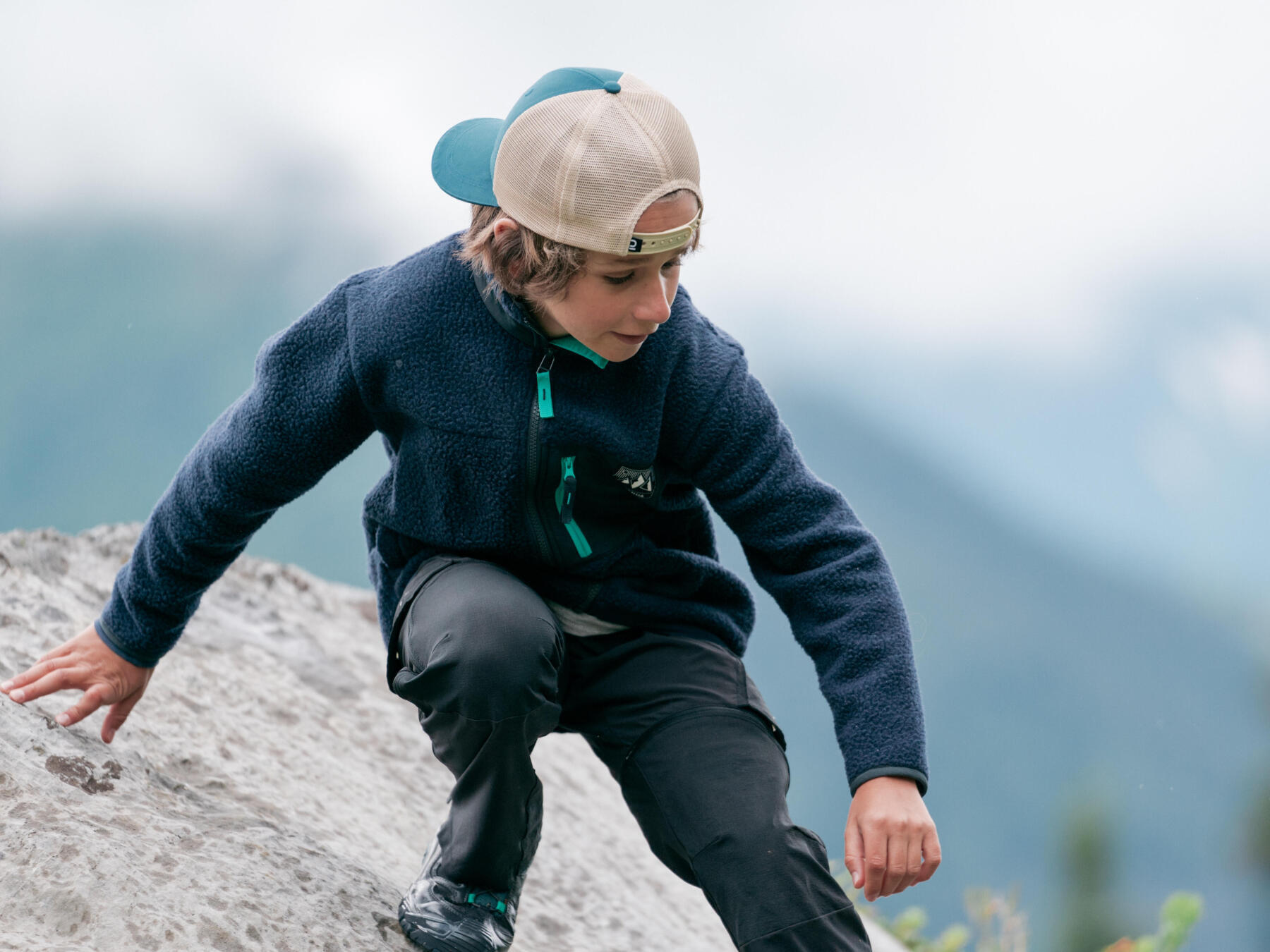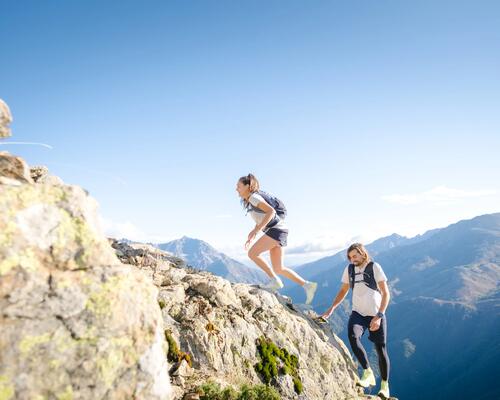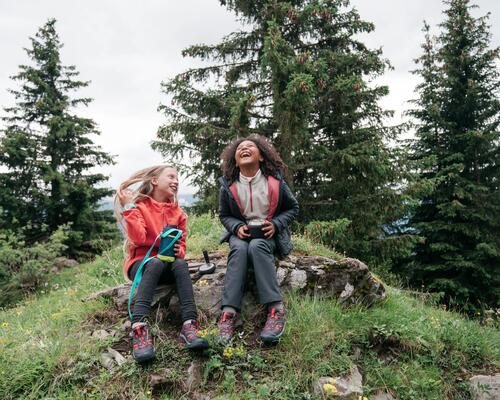Start with small steps
If your kids are more hooked on video games than the idea of a hike at the weekend, don't plan a week's trek straight away!
Start with 1 to 2-hour family walks.Get them used to wearing a small backpack with their picnic; and gradually, plan day-long hikes.
Plan your outing a little (tricky plans are fun as long as you don't have children): identify the route and the possible difficult points (difficult passes, scales, need for rope) and check the actual height difference (to avoid unpleasant surprises).
Check the weather the evening before. Although a few drops of rain should not put a stop to your plans, walking all day long in rain with children can be very unpleasant; in addition to the fact the trails can become slippery and lead to falls.
Check the bags and don't forget food, water and clothing.









